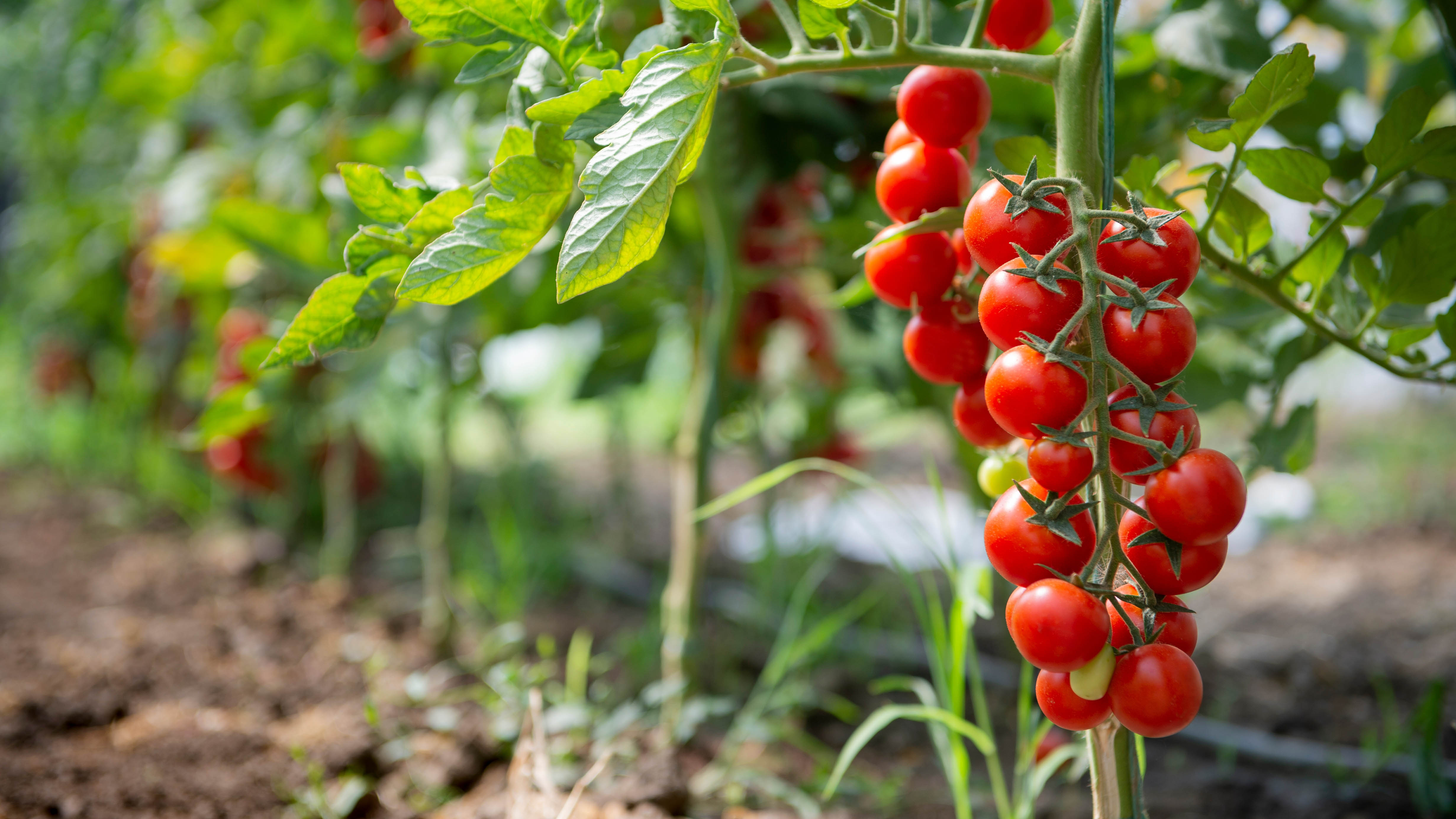
Now we’re well into spring, many of us can, once again, take to our gardens. And with the weather slowly warming up, there’s the opportunity to grow all kinds of vegetables. Anything from fresh potatoes to sweet strawberries is possible, but one such fruit which has proven to be more popular than most is tomatoes. Being quick as well as easy to grow, tomato plants are a common sight in the vegetable garden.
However, while these plants are simple to raise — check out how to grow tomatoes from seeds for guidance — there’s still several mistakes which can easily be made. These can happen anywhere during the process, from seeding all the way to the final stages, when your tomatoes are ready to pluck. Should you slip up, it can impair the plant’s growth, ruin the harvest and even kill it in extreme conditions. That’s why every care should be taken to avoid these 7 mistakes when growing your own tomatoes.
1. Choosing the wrong seed
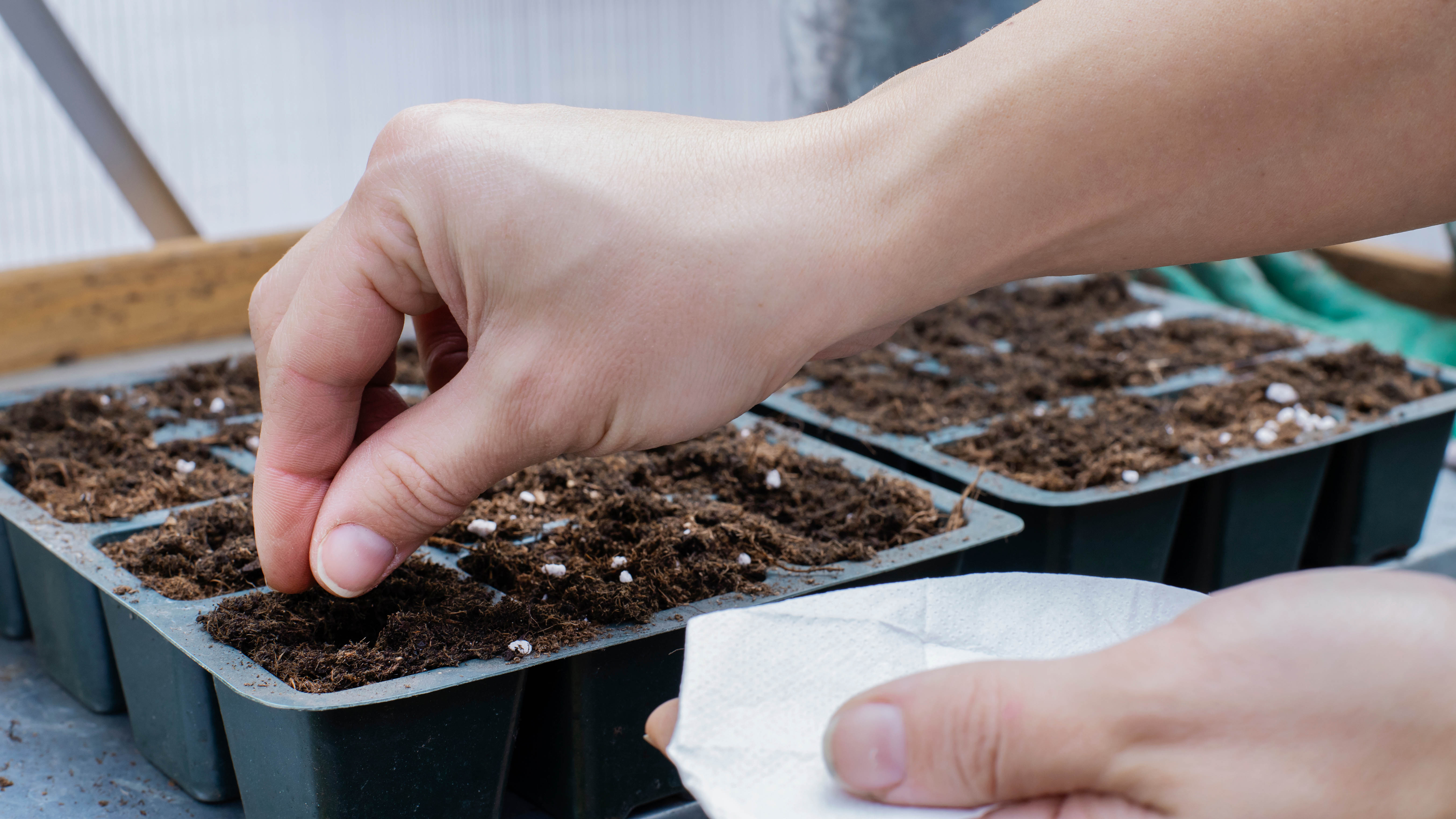
There are all kinds of tomato seeds to choose from, with different varieties producing alternative types of tomato. Make sure you do your research beforehand so you know which seed will best suit your preferences as well as the conditions in your yard. For instance, some tomato plants are more pest-resistant than others, while some will mature more quickly — ideal if you often face an early frost. If you’re tight for space, a smaller, more compact tomato plant may be best.
Following on from this, you should check whether the potential tomato plants are determinate or indeterminate. The prior will only grow to a limited size and produce one harvest over the season, while indeterminate plants will continue to grow and produce fruit as ‘vining tomatoes.’ If space is a premium or you plan to grow only in containers, stick to determinate. Don’t forget to check whether the tomato itself will be to your taste as well; the color, texture, size and flavor will all vary depending on the plant. Whichever seed you choose, make sure it’s certified organic and free from additives.
2. Using the wrong compost
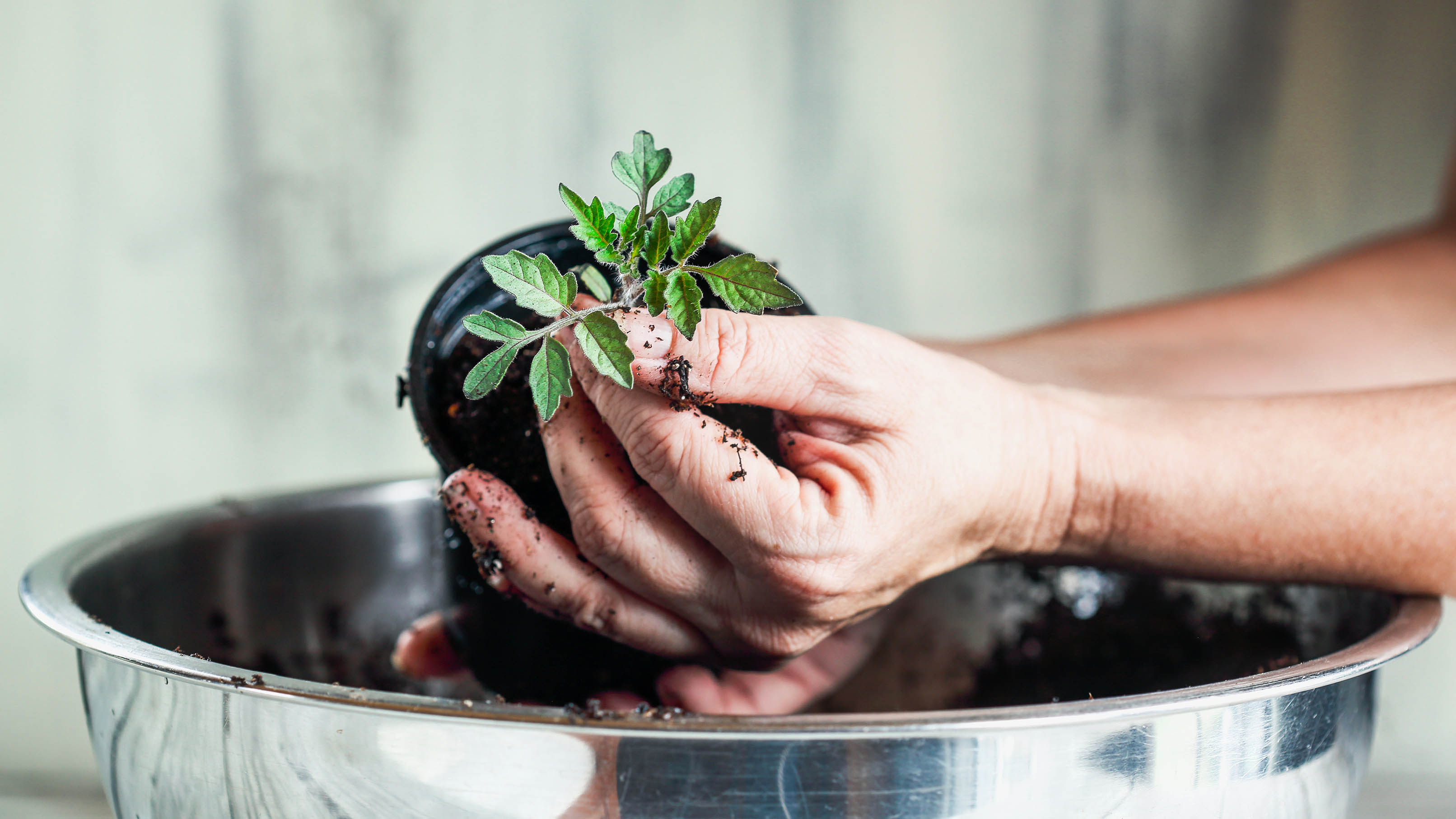
You shouldn’t just use any old compost when growing tomatoes. This can impair the plant's development and encourage disease if it’s not fast-draining. If you’re growing from seed, start with a dedicated seed starter potting mix, such as Espoma Organic Seed Starter Premium Potting Soil Mix ($14.76, Amazon).
Once your tomato plant is more established and ready for a larger container, a multi-purpose compost, or peat-based compost would be ideal. You can even buy dedicated tomato compost if you want to give it the best care possible. An example of this would be Coast of Maine Organic Tomato and Vegetable Planting Soil ($22.47, Amazon). Some compost readily contains fertilizer which aids growth, so this is worth checking too.
3. Planting them straight into the ground
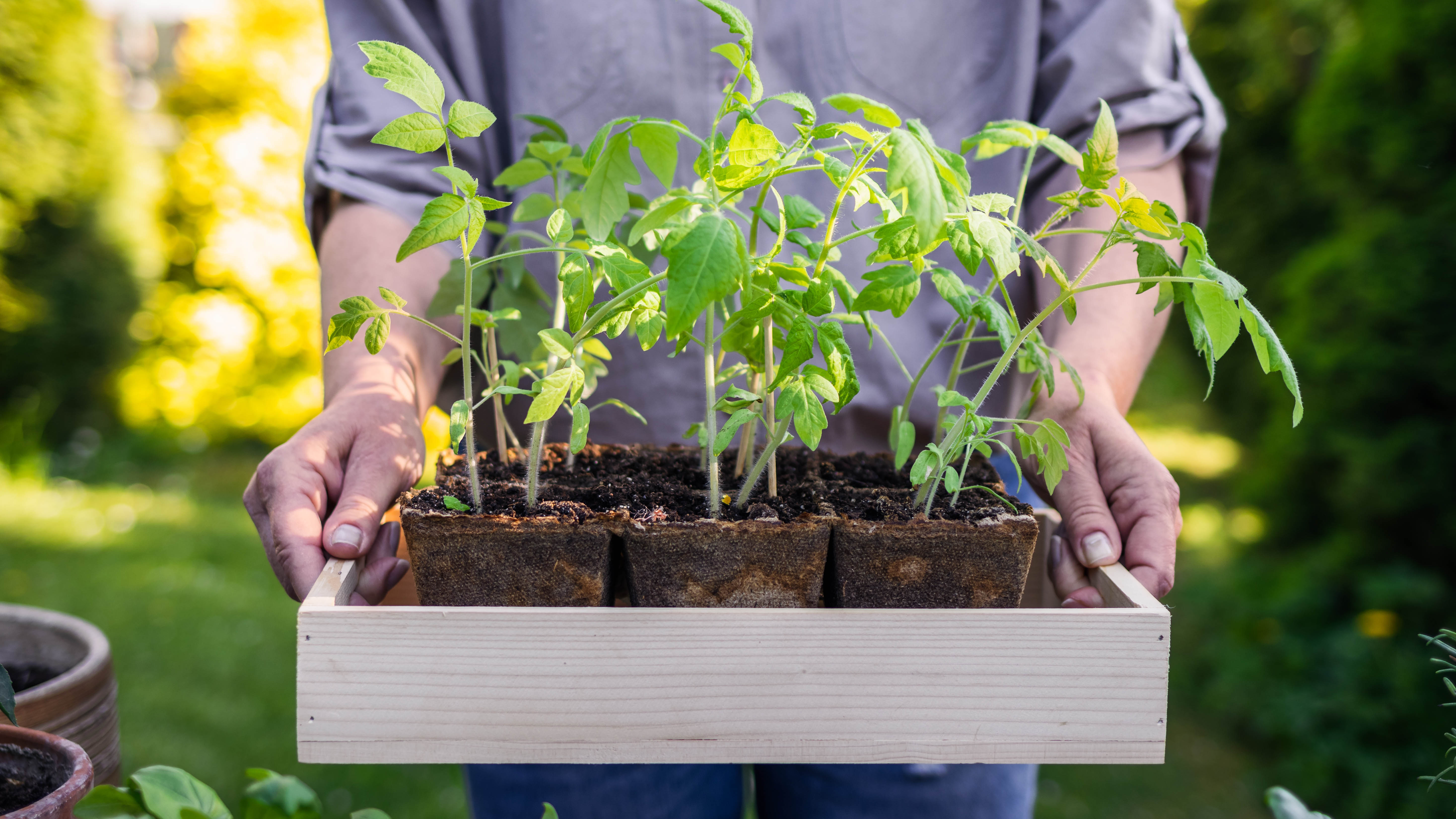
Unless you’re planting a mature and established tomato plant, it shouldn’t be placed directly in the ground. Tomato plants are vulnerable while small and developing — they require constant warmth and moisture. And planting them in the ground at a young age puts them at risk, particularly if the temperature drops at night.
For this reason, tomatoes should be kept in containers at first. Seedlings can be germinated in seedling trays, such as the Growneer 120 Cells Peat Pots Seed Starter Trays ($11.99, Amazon). Note that you should plant 2-3 seeds per container because not all will successfully germinate. Once your plants have reached 2-4 inches in height and have sprung their first set of leaves, they’re ready for a new home.
Should you choose to grow your tomato plants in the ground, you will need to 'harden' them first. You need to get the plants used to outdoor conditions by moving them outside during the day and back indoors at night. Do this for at least a week.
Should you choose to keep your tomato plants in containers, transplant them into pots which provide adequate room to grow into — 12 inches is a good size for young tomato plants. Stick to terra cotta pots rather than plastic. These are more porous, allowing for better air circulation and fast-drying soil, which discourages disease.
Containers may be the better option versus planting in the ground if the conditions outside aren’t consistent. For instance, should the temperature be set to drop one night, you can move the plant indoors rather than hoping it’s established enough to survive.
4. Not watering them enough
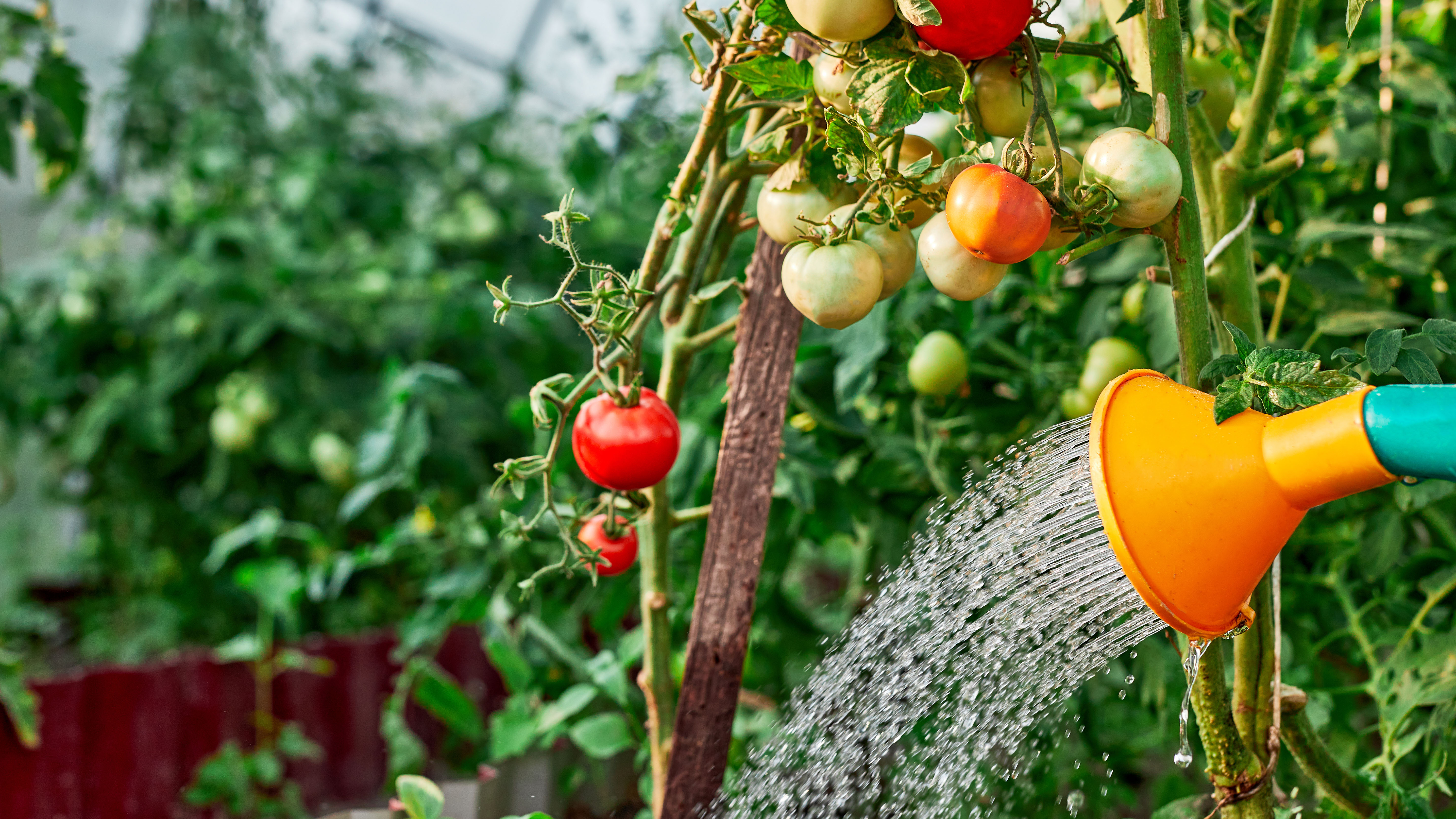
Tomato plants are fast-growing and thrive in warm conditions. Naturally, this means they need a lot of water, especially while young and sprouting. During seeding, they should be watered once, or even twice a day in warm weather. This isn’t surprising when you consider how quickly such a small amount of soil can dry out. Once mature, tomato plants require at least 1-2 inches of water each week, and more during the hot summer months. You should water the soil slowly and deeply around the base of the stem, leaving it moist, not soggy. Do not water the plant directly — this only encourages disease. You can always check the moisture levels using a soil meter, such as the Sonkir Soil pH Meter ($9.99, Amazon).
It’s essential that tomato plants receive a steady and consistent supply of water. An irregular watering pattern, or a lack of water, can deter growth and encourage disease. A particular disease which causes no end of problems for tomato growers is tomato blossom end rot.
You may not know you have this problem until you take a closer look at your harvest. Your tomatoes look perfectly healthy at first, but on turning them over, there’s a dark leathery stain on the underside. This is caused by a lack of calcium, instigated by dry conditions in the soil. It’s one of the predominant reasons for ensuring a regular watering routine. Fear not if you’ve got this problem though, here’s how to get rid of tomato blossom end rot.
5. Not fertilizing them
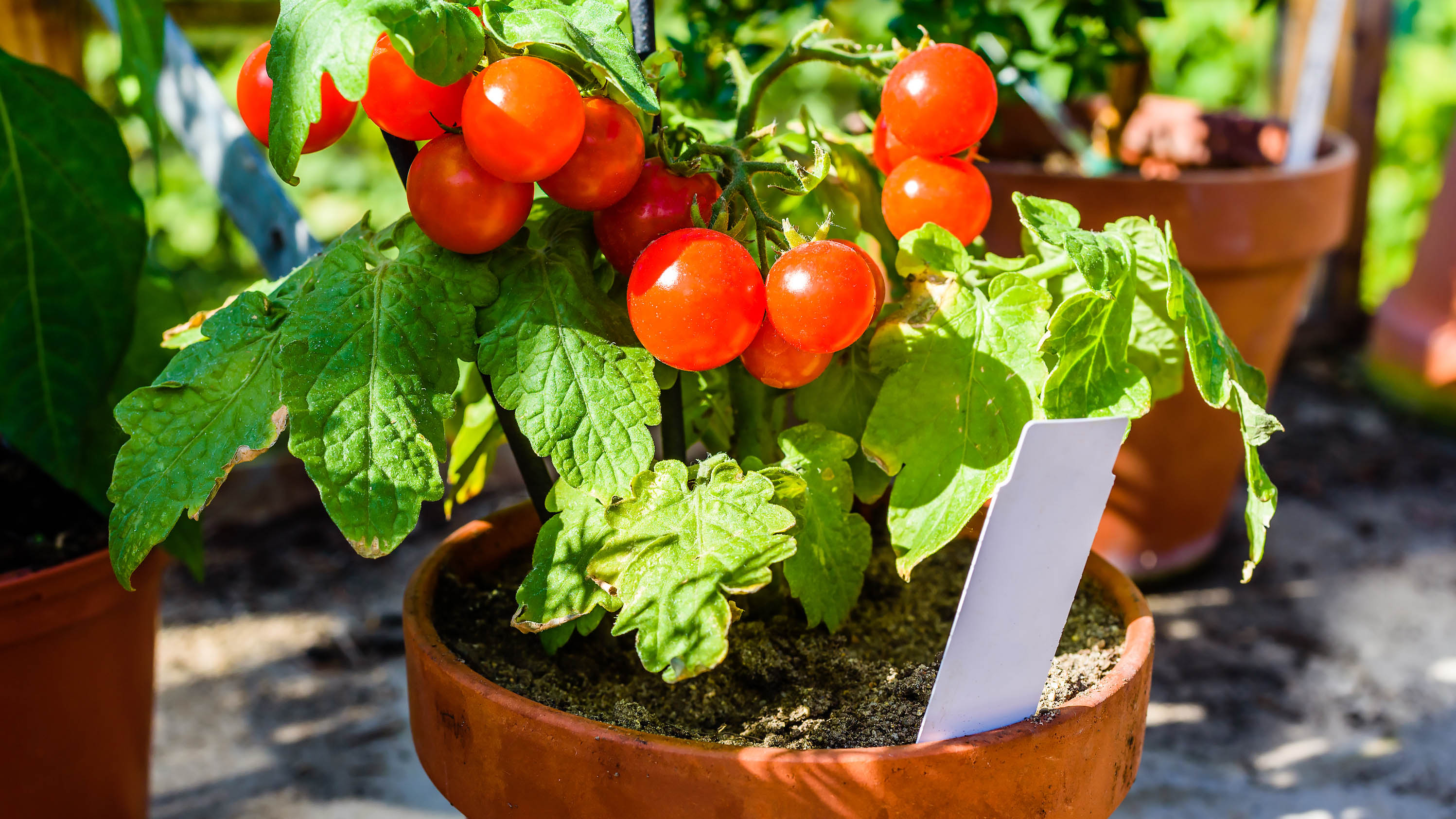
While tomato plants are easy to grow, they still need all the help they can get. Fertilizer will provide the nutrients required to promote growth. Plus, it will encourage a more successful harvest. Fail to fertilize your tomato plants, and you're impeding the final results. If you’re unsure of the nutrients available in your soil, you can always use a soil test kit, such as MySoil Soil Test Kit ($29.99, Amazon).
Tomato-specific fertilizers are available, such as Burpee Organic Tomato & Vegetable Granular Plant Food ($18.91, Amazon) or Great Big Tomatoes, Soil and Fertilizer Booster ($49.95, Amazon). These can be mixed into the soil prior to planting, or applied in the traditional sense — combined with water and then watered in. For the latter, tomato plants should be fed every two weeks or so during the growing season. Stop as soon as the tomatoes are large and ripening.
6. Not supporting them
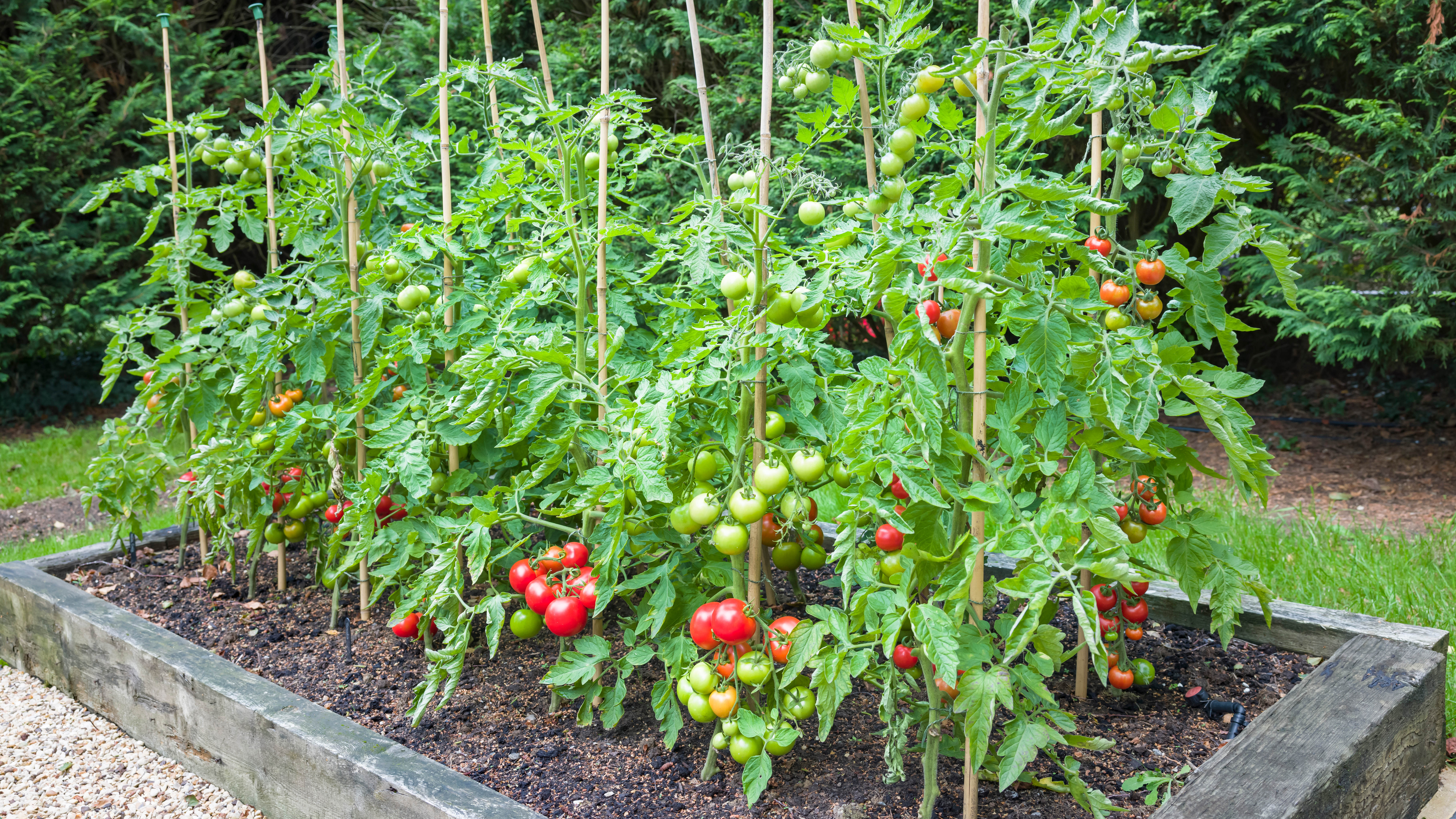
Whichever type of tomato plant you’re growing, odds are it could benefit from some support. Indeterminate types will naturally grow much taller versus determinate, and support will be more of a necessity for these varieties. Determinate types of tomato plants will generally grow to about 5ft or less — but support will still be welcome here.
A trellis or even something as simple as a pea shoot can help keep your tomato plant upright. An example of this would be these 3 Packs Tomato Cages Plant Cages ($23.99, Amazon). This support can help keep your tomato plant neat and tidy, saving space on the ground. It will encourage good air circulation and make it easier to water the plant in general.
7. Not protecting them
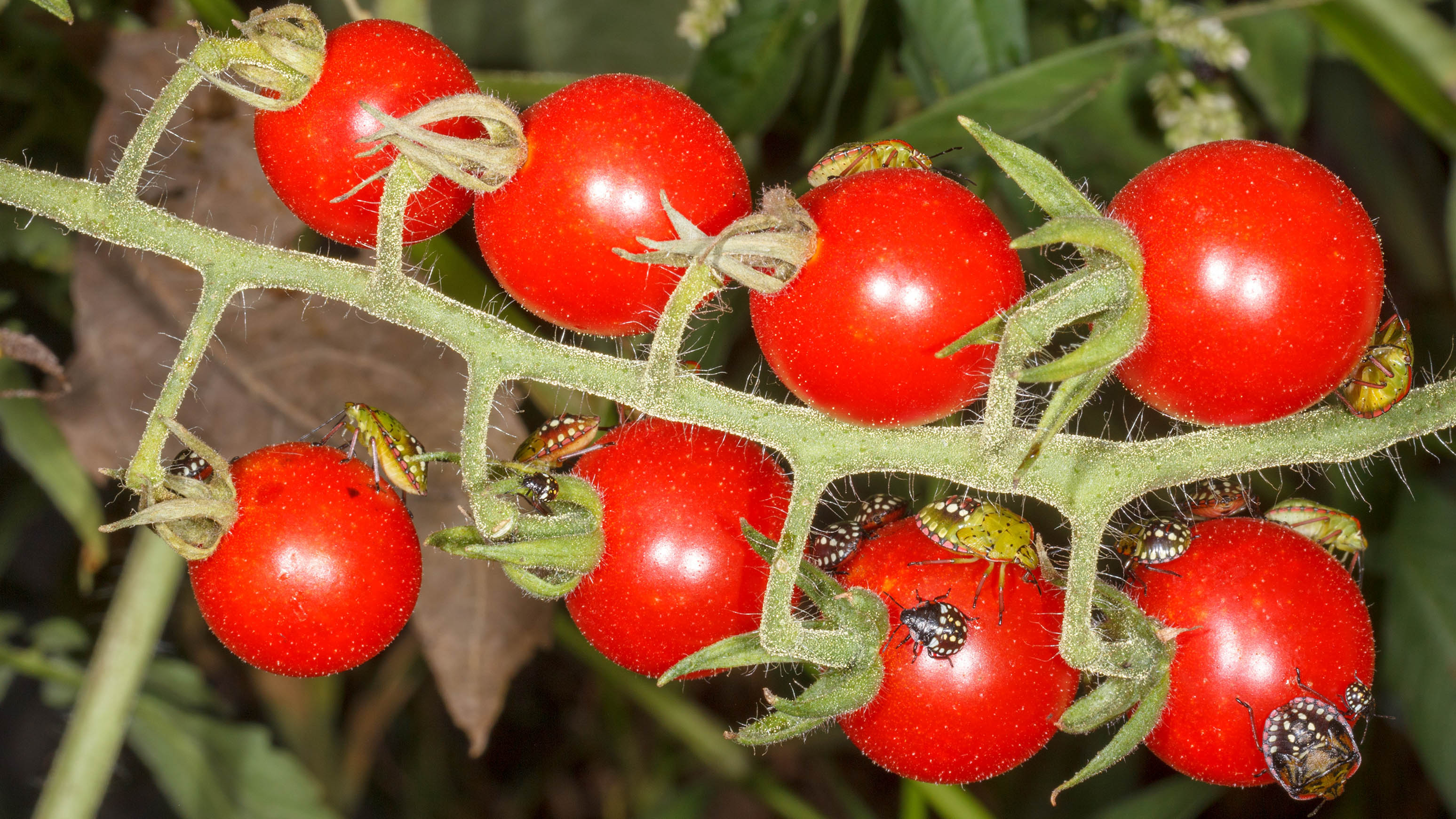
Tomato plants are vulnerable to pests, just like any other fruit-bearing plant. So, if you don’t adequately protect them, your tomatoes may be ruined before you get a chance to harvest. Insects such as Aphids, Blister Beetles, Whiteflies and Fruitworms can all damage your tomato plants. And birds can cause problems once your tomatoes are ripe.
There are several ways you can protect your plants. A pest-resistant variety of tomato plant is a good place to start. You could also invest in mesh bags to physically protect the plants from insects and birds alike, such as Alpurple Insect Bird Barrier Netting Mesh with Drawstring ($13.99, Amazon). If you plant a pest-repelling variety of flower nearby, such as marigolds, this can keep unwelcome insects at bay as well. For more ideas, here are 9 fly-repellent plants that will keep your home bug free. Storing your tomato plants in a greenhouse can help keep birds at a distance too.







